As a spirit animal, the stag is a powerful symbol of strength, grace, and spiritual awakening. Known for its majestic presence and noble spirit, the stag is much more than a creature of the forest — it’s a guiding light for anyone seeking deeper wisdom and a stronger connection to their spiritual path. In this piece, we’ll explore the rich symbolism of the stag, its role in myths and folklore across cultures, and its deep meaning as a totem in shamanic traditions.
Power Animal Stag as the Guardian of the Forest
At the heart of the stag’s symbolism is leadership and protection. Across many cultures and myths, the stag is seen as a guardian of the forest—a powerful figure representing authority and the protection of nature’s realm.
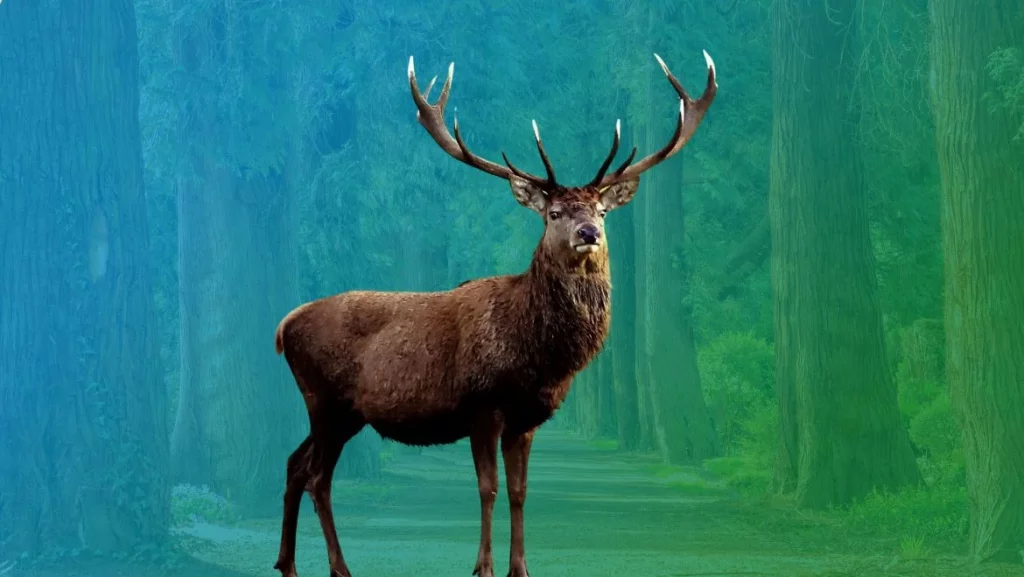
Graceful Navigation: Trusting Instincts and Embracing Change
Moreover, the stag is revered for its ability to navigate the depths of the forest with grace and agility. As a spirit animal, it encourages individuals to trust their instincts and move through life’s challenges with confidence and resilience.
A Symbol of Spiritual Awakening
Beyond its physical prowess, the stag is also a symbol of spiritual awakening and enlightenment. In Celtic mythology, the stag is associated with the Otherworld, a realm of mystical knowledge and spiritual insight.
The Mystical Symbolism of the Stag: A Conduit to Spiritual Realms
In the realm of mysticism, the stag holds a revered position as a symbol of profound spiritual significance. Across various cultures and belief systems, the stag is often depicted as a conduit between the earthly realm and the divine.
Its majestic antlers reach towards the heavens, symbolizing the soul’s journey towards enlightenment and transcendence. In Celtic mysticism, the stag is associated with the Otherworld, a realm of mystical knowledge and spiritual insight.
Here, it is revered as a guide to the sacred mysteries, leading seekers on a journey of self-discovery and transformation. Additionally, in ancient Greek mythology, the stag is linked to the goddess Artemis, embodying qualities of purity, independence, and untamed wilderness.
As a totem animal in mysticism, the stag encourages individuals to explore the depths of their consciousness, embrace their inner power, and connect with the divine forces that govern the universe.
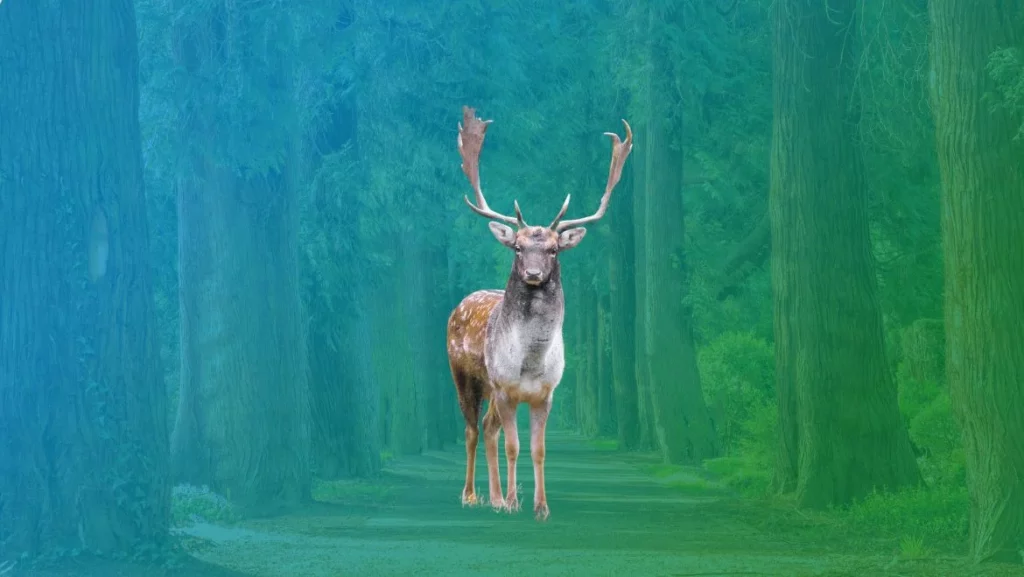
Symbolism of the Stag Spirit in Dreams
Dreams featuring the stag are often associated with themes of strength, power, and virility. The stag’s imposing presence and graceful demeanor evoke feelings of awe and admiration, symbolizing the dreamer’s own inner strength and resilience.
Additionally, the stag may represent qualities such as leadership, protection, and guidance, urging the dreamer to embrace their innate abilities and take charge of their life’s journey.
Harnessing Stag Energy: Empowering Affirmations for Strength and Guidance
- “I embody the strength and majesty of the stag, navigating life’s challenges with grace and resilience.”
- “With each step forward, I embrace the powerful energy of the stag, leading me towards my goals with unwavering determination.”
- “I trust in my instincts, guided by the wisdom of the stag, as I journey towards self-discovery and enlightenment.”
- “Like the stag, I am a beacon of leadership and protection, inspiring others to reach their full potential.”
- “I embrace the wild and untamed spirit of the stag, fearlessly pursuing my dreams and conquering obstacles in my path.”
- “With the strength of the stag coursing through my veins, I face each day with courage and confidence.”
- “I am connected to the ancient wisdom of the stag, tapping into its guidance and intuition to manifest abundance and success in my life.”
- “I honor the spirit of the stag within me, embodying its qualities of power, grace, and spiritual insight in all that I do.”
The Wisdom of the Stag Animal Totem
In essence, the spirit animal stag serves as a beacon of hope and inspiration, guiding us towards a deeper understanding of ourselves and the world around us. By embracing its wisdom and embodying its qualities of strength, grace, and spiritual insight, we can navigate life’s challenges with courage and emerge victorious on our journey towards self-realization.
The Stag Power Animal as a Symbol of Renewal
Just as the stag sheds its antlers, we too are encouraged to let go of old habits and beliefs that no longer serve us. This process of shedding allows us to grow new strengths and capabilities, mirroring the natural renewal processes of the Earth. It is a powerful reminder that endings are just beginnings in disguise, and that each phase of our life offers opportunities for renewal and growth.
The Role of the Stag in Seasonal Symbolism
In many traditions, the stag is deeply connected to the cycles of nature, embodying the changing of the seasons. Particularly prominent in the symbolism of autumn and winter, the stag’s behavior and physical transformations—such as the shedding and regrowth of its antlers—mirror nature’s cycle of death and rebirth.
This seasonal symbolism serves as a powerful reminder of renewal and resilience, teaching us the importance of embracing change as a natural part of growth and regeneration.
Spiritual Guidance and the Stag’s Path
As a spirit guide, the stag shows a journey of spiritual awakening and inner strength. Its quiet yet commanding presence reminds us to walk our path with dignity, grace, and awareness of our surroundings. The stag teaches us to stand tall in who we are, to trust our instincts, and to move through life’s forests with both gentleness and courage.
In many cultures, the stag is seen as a messenger between the earthly and the divine. Its antlers, reaching skyward, symbolize a connection to higher realms and spiritual wisdom. Following the stag’s path means embracing moments of solitude and reflection, allowing us to listen deeply to the whispers of the soul and the wisdom of the natural world.
Differences: Stags, Does, Deer and Elks
Stags and does are terms that are used for deer. A stag is a male deer after it has reached a certain age and developed beautiful large antlers. A doe, on the other hand, is a female deer. The term “deer” is more general refering to any member of the family Cervidae, which includes various species such as white-tailed deer, reindeer, and moose, among others.
Elks are a specific type of large deer found in North America and parts of Asia, known for their impressive antlers in males. They are larger than most deer species, with distinct physical characteristics that set them apart, such as their size, antler shape, and habitat preferences.
The terms “stag,” “buck,” “hart,” and “male deer” all refer to male deer, but there are subtle distinctions and contextual uses that differentiate these terms:
Stag
Traditionally, the word stag refers to a fully mature male deer, especially in Europe. It’s usually used for larger species, like the red deer, and often appears in hunting contexts or wildlife discussions. The term carries a regal, majestic feel and is common in literature and folklore.
Buck
Buck is the term you’ll hear most often in North America. It’s a general word for a male deer of various species, like white-tailed or black-tailed deer. Unlike stag, it doesn’t always imply a specific age or size, though it’s typically used for adult males.
Hart
“Hart” is an older term that is now mostly used in a historical or literary context. Historically, it referred specifically to a male red deer after its fifth year. Because of its archaic nature, it evokes a sense of antiquity and is often found in old texts or discussions of medieval Europe.
Male Deer
This term is the most straightforward and scientifically neutral. “Male deer” simply indicates the gender of the deer and is used in more formal or scientific discussions to specify the sex without indicating species, age, or size.
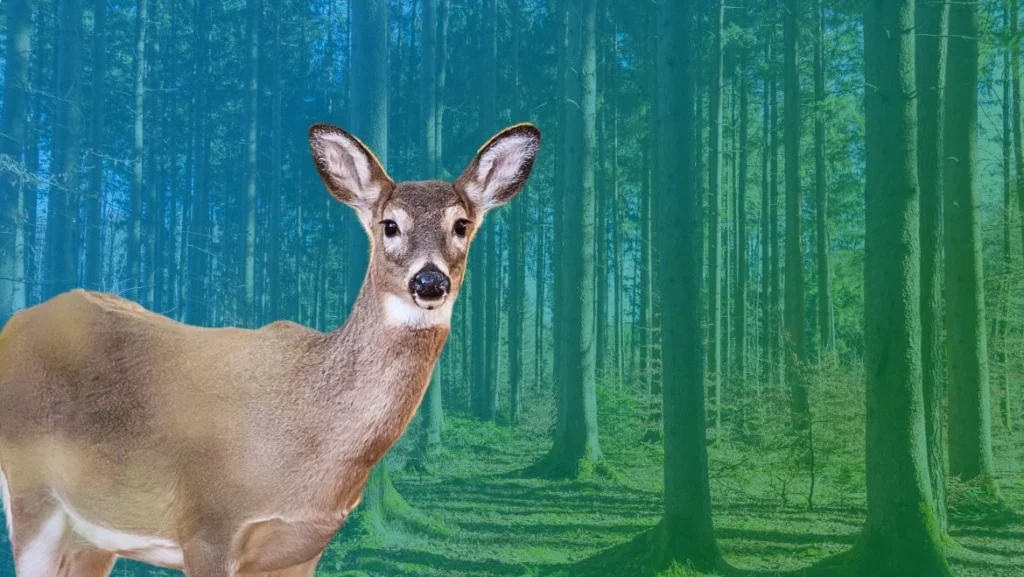
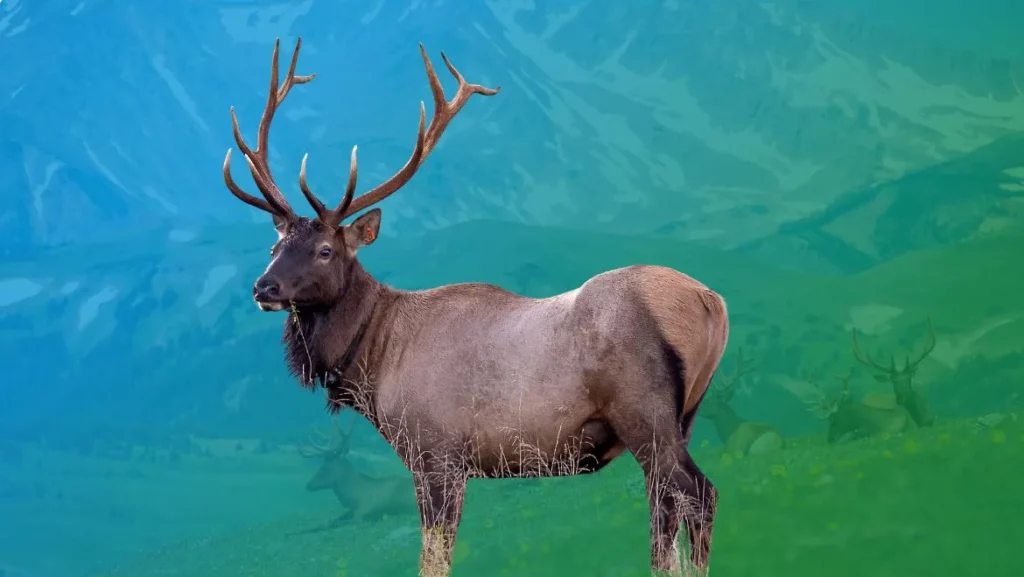
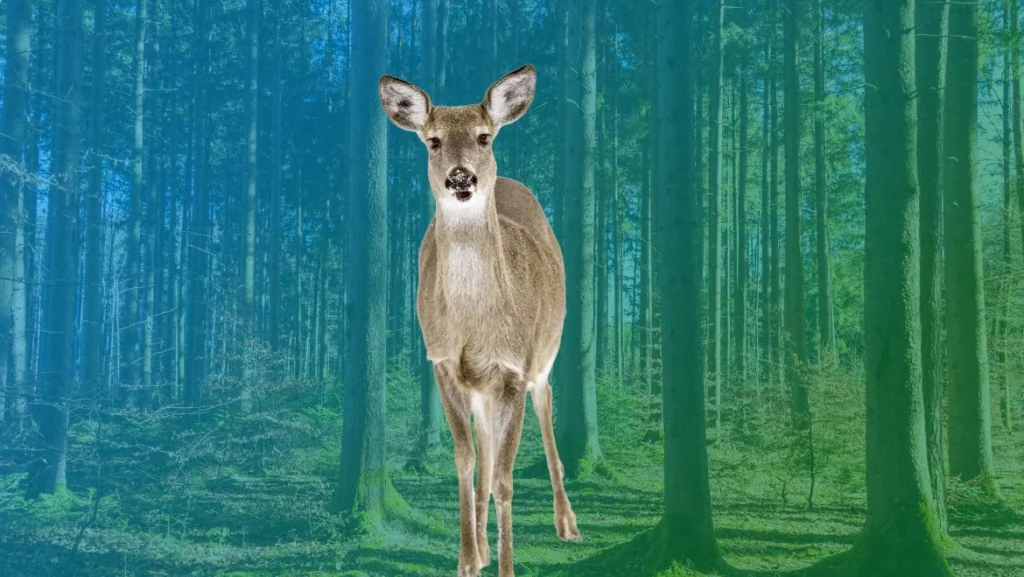
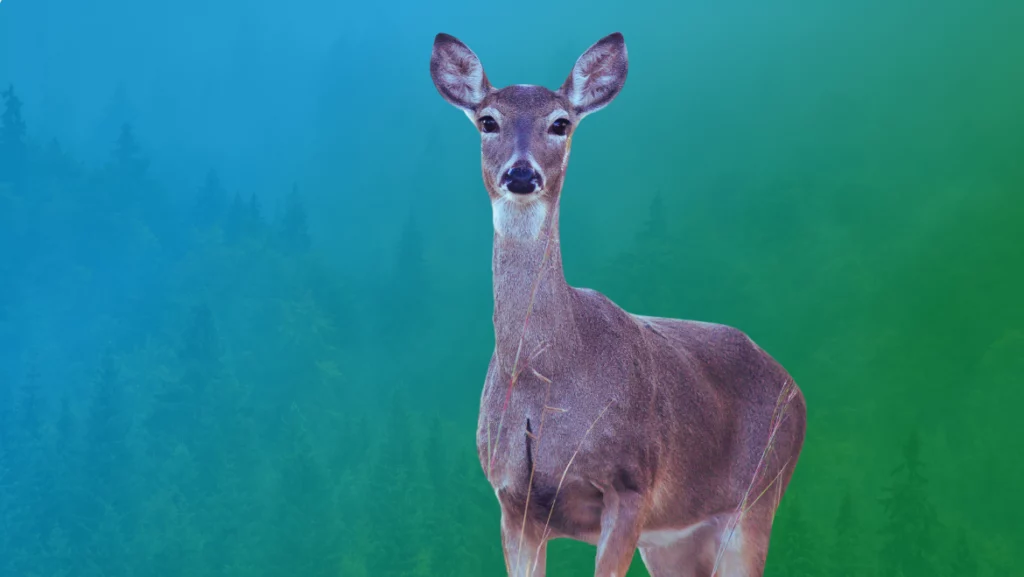
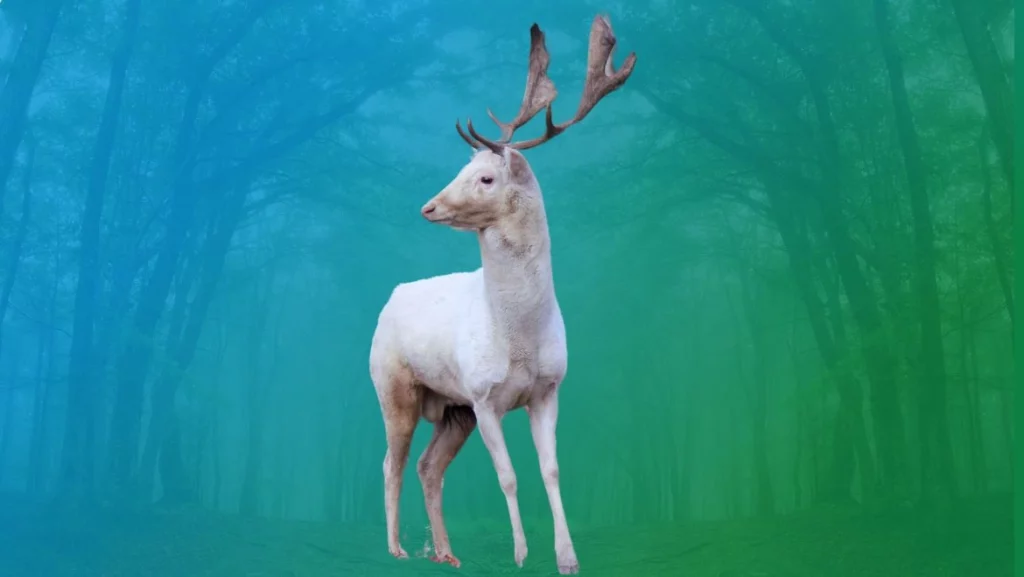

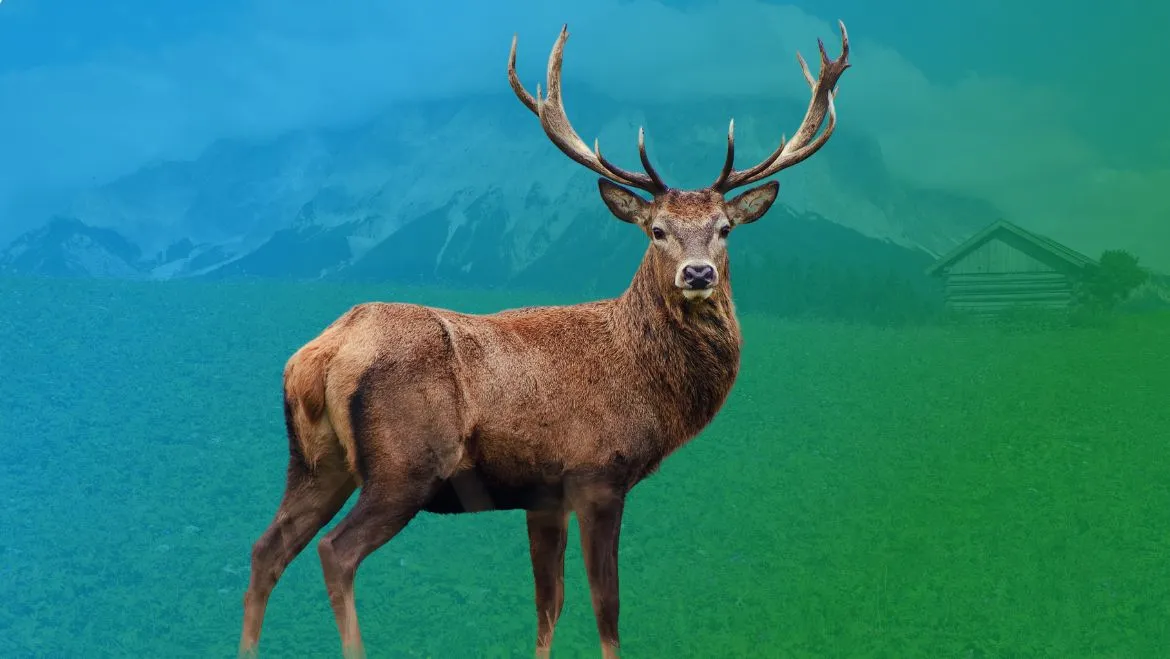


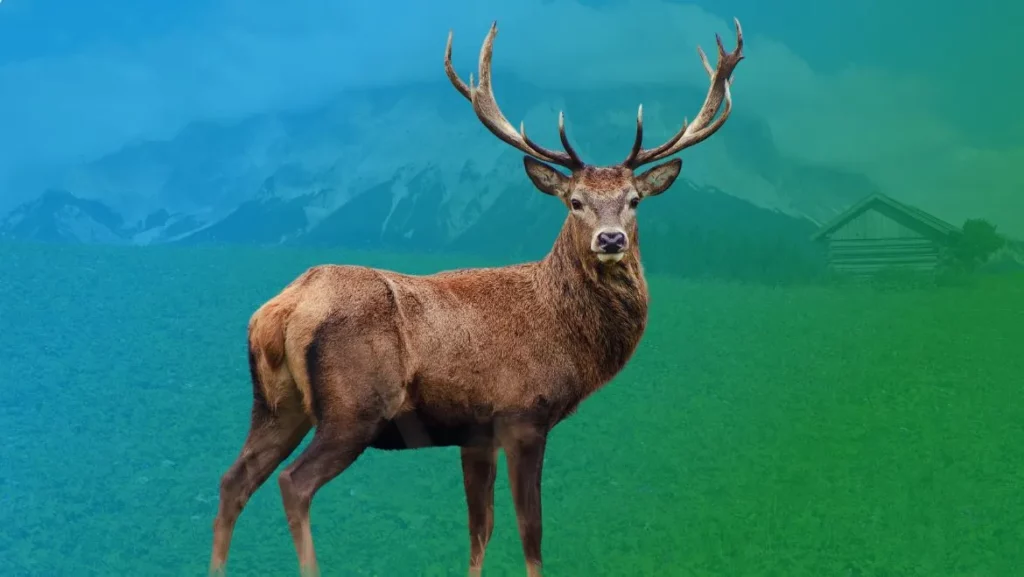
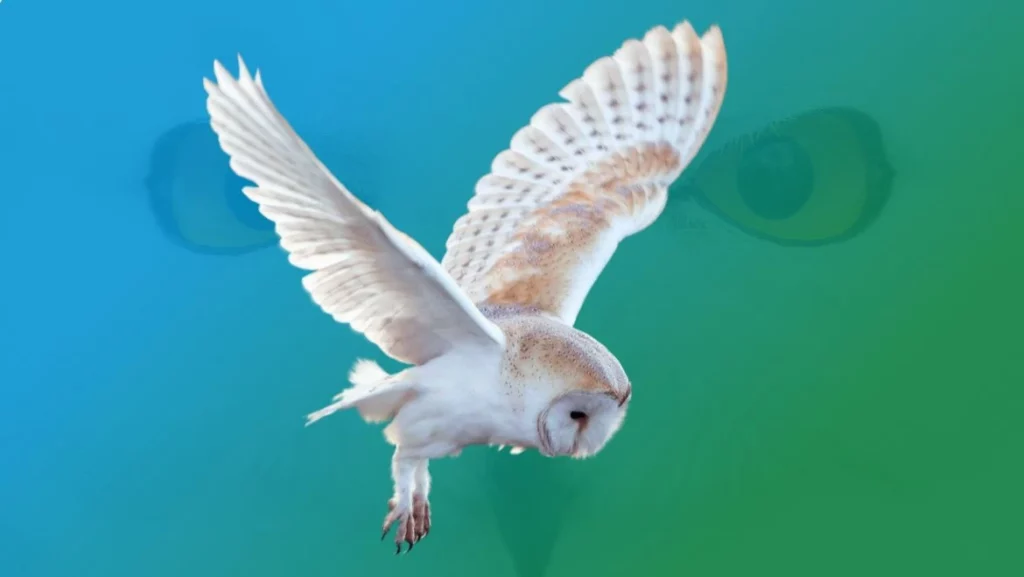
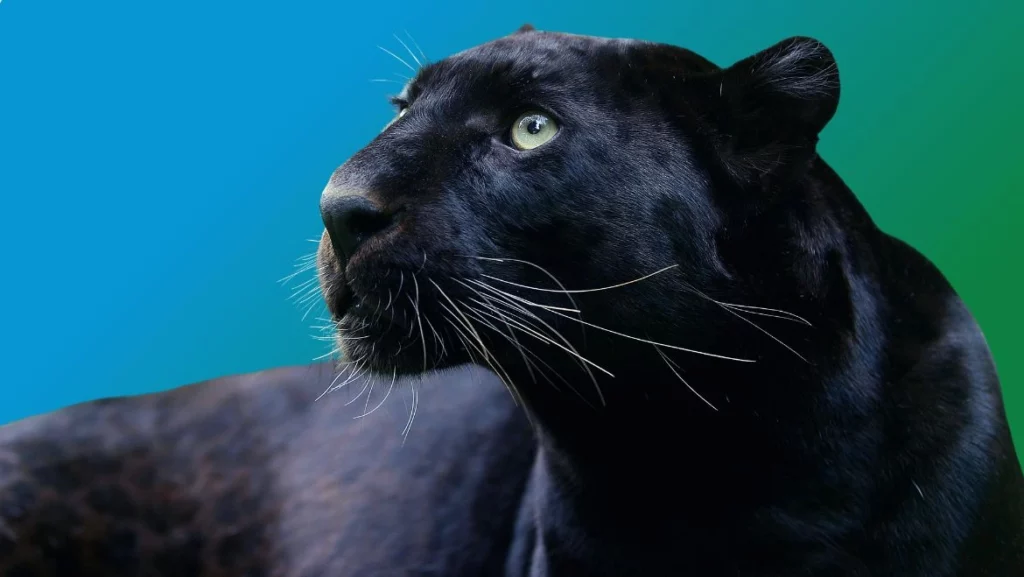




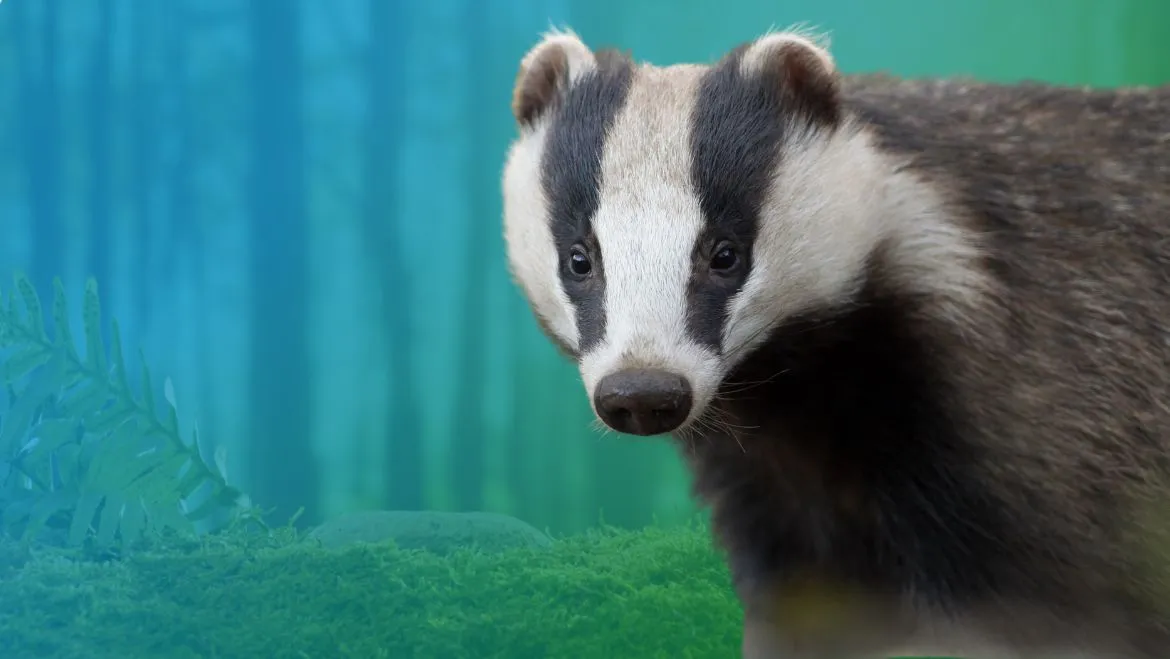
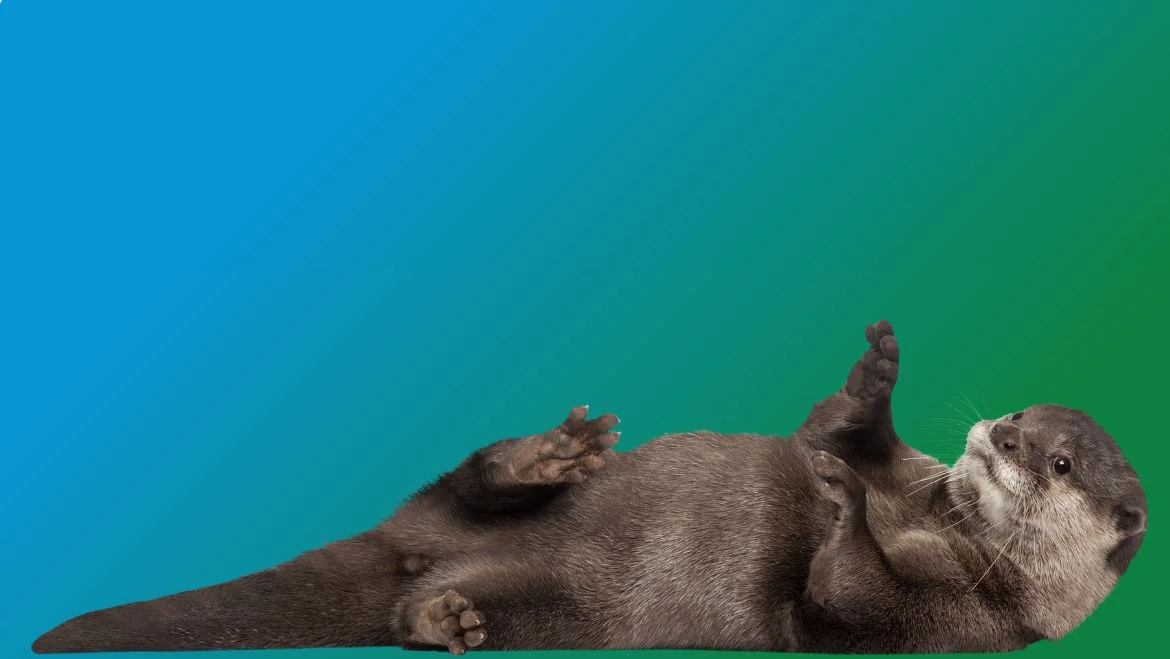


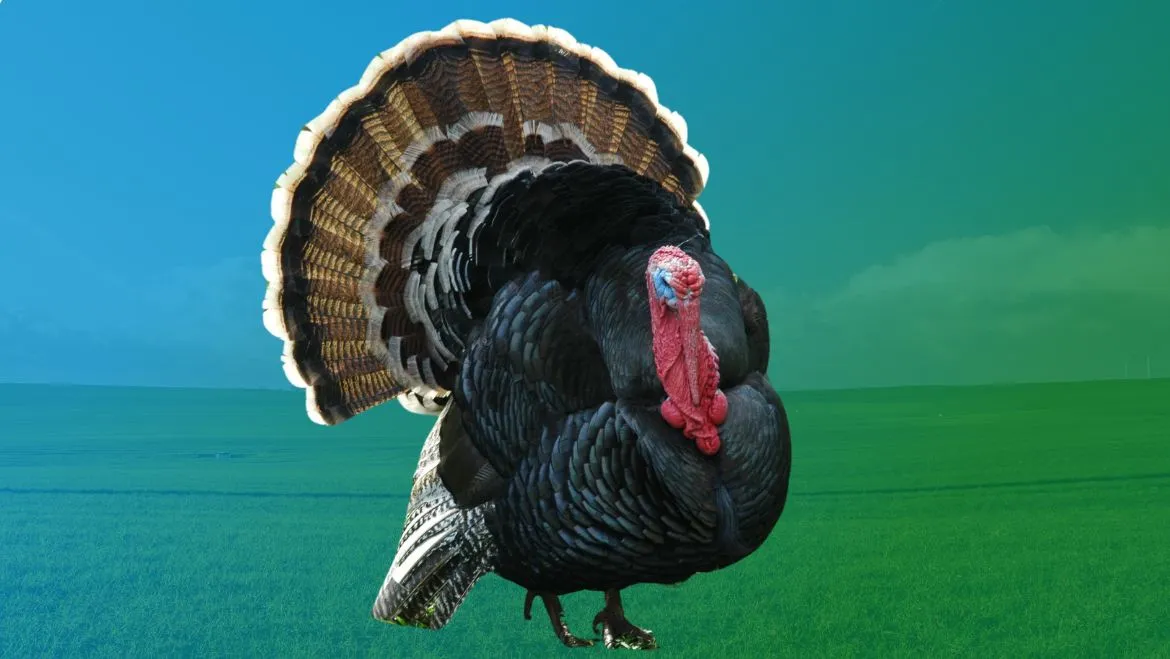
Leave a Reply